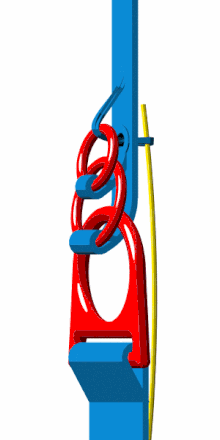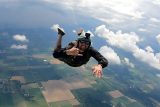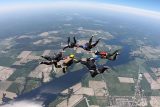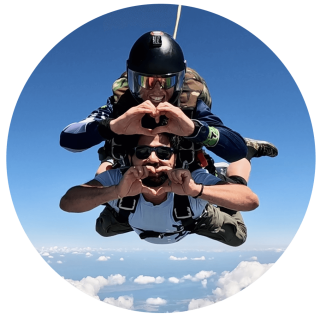True Definition of a Cutaway
DZ News
Posted by: Parachute Ottawa
1 year ago
You’ve decided to jump out of an airplane thousands of feet above the Earth – what could possibly go wrong? Well, very likely nothing … but if it does, it’s good to know that sophisticated lifesaving equipment has your back. Literally! Skydiving cutaways are one of the most talked about aspects of the sport. Like with most scary things, the better understood they are, the less scary they become.
So just what is a cutaway and what happens when a skydiver has to get rid of their main parachute?
Cutaway
The simple definition of a skydiving cutaway is when the main canopy is detached from the harness worn by a skydiver. Contrary to how it might sound, there is no actual cutting involved in a cutaway. Think it’s dangerous to run with scissors? Try flying through the air at 120mph with them! Besides, main canopies are expensive. There’s no need to slice it to pieces just because it had a malfunction.
It’s true that most skydivers do jump equipped with at least one hook knife. But these knives are specially designed to have a protected blade that is only good for cutting things that are slid inside the hooked channel. The small notch that holds the blade isn’t even big enough to fit a finger inside. These knives are used as a last-ditch backup if a skydiver becomes entangled in a canopy’s lines or has a collision with another jumper’s parachute.
In fact, a cutaway doesn’t require any additional equipment beyond what’s already included in the parachute and harness system.
Standard Safety Protocols
Every skydiver is taught the same exact procedure for dealing with emergencies in their very first student seminar. With experience, these emergency procedures can be minorly tweaked to fit each skydiver’s personal preferences. But for the most part, emergency procedures are consistent across regions, disciplines, and experience levels.
Standardizing the emergency procedures allows for the most efficient, and therefore safe, reaction to canopy malfunctions for everyone participating in the sport. No matter where a skydiver gets their Certificate of Proficiency, they can rest assured that they are learning the most up-to-date safety information.
What Happens During a Cutaway?
The first step to initiating a cutaway is assessing the issue with the parachute. A cutaway is executed as quickly as possible once a skydiver determines their main parachute is not safe to fly or land.
Once a skydiver decides to cutaway their parachute, they locate the cutaway handle positioned on the right side of their harness near their chest. Before pulling that handle, they locate the handle that activates their reserve. This handle is located directly opposite the cutaway handle on the left side of their harness.
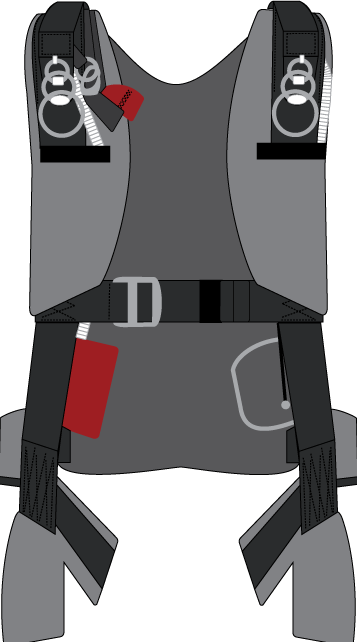
After pulling the cutaway handle, the skydiver immediately grabs and pulls the reserve handle, deploying the reserve parachute into the space vacated by the detached main.
Say it with us: Look, grab, look, pull, grab, pull. This is the sequence that all skydivers memorize and follow in case of emergency.
The Three Ring
This magical little piece of technology changed skydiving safety forever. The three ring is what makes the main canopy detachment smooth and easy. As you might have guessed, this piece of equipment is made up of three metal rings that decrease in size.
Each ring passes through the one before it, creating an interwoven attachment point for the main canopy. The cable from the cutaway handle is what holds the whole thing together, so when the cutaway handle is pulled and the cable is removed, the three ring mechanism is released and the canopy easily detaches from the harness.
Before the invention of the three ring, the only way to detach a parachute was by using something called a capewell canopy release. The capewell was a fully manual process that took time and energy to execute. The release cable was protected by a metal cover that had to be pulled open before performing the cutaway. Once the cover was open, the cable loop would be pulled out and down until it released the canopy from the harness. Sound like a lot? It was!
Fewer steps are always better in a time-sensitive emergency situation. That’s why having a quick-release system like the three ring makes cutaways less stressful! (If you can call it that!)
What Happens After a Cutaway?
No more parachute – now what? Once the malfunctioning main parachute is detached, the reserve parachute is deployed. Reserve parachutes are designed to be much more docile and predictable than their main counterparts. After all, this parachute is the last chance to get it right. It should be ol’ reliable!!
Main parachutes are designed to have fun. Sure, they are there to save lives first and foremost, but they are also highly specialized for aerobatic enjoyment. They can be so much fun that some skydivers even skip the freefall and go straight to flying their parachute!
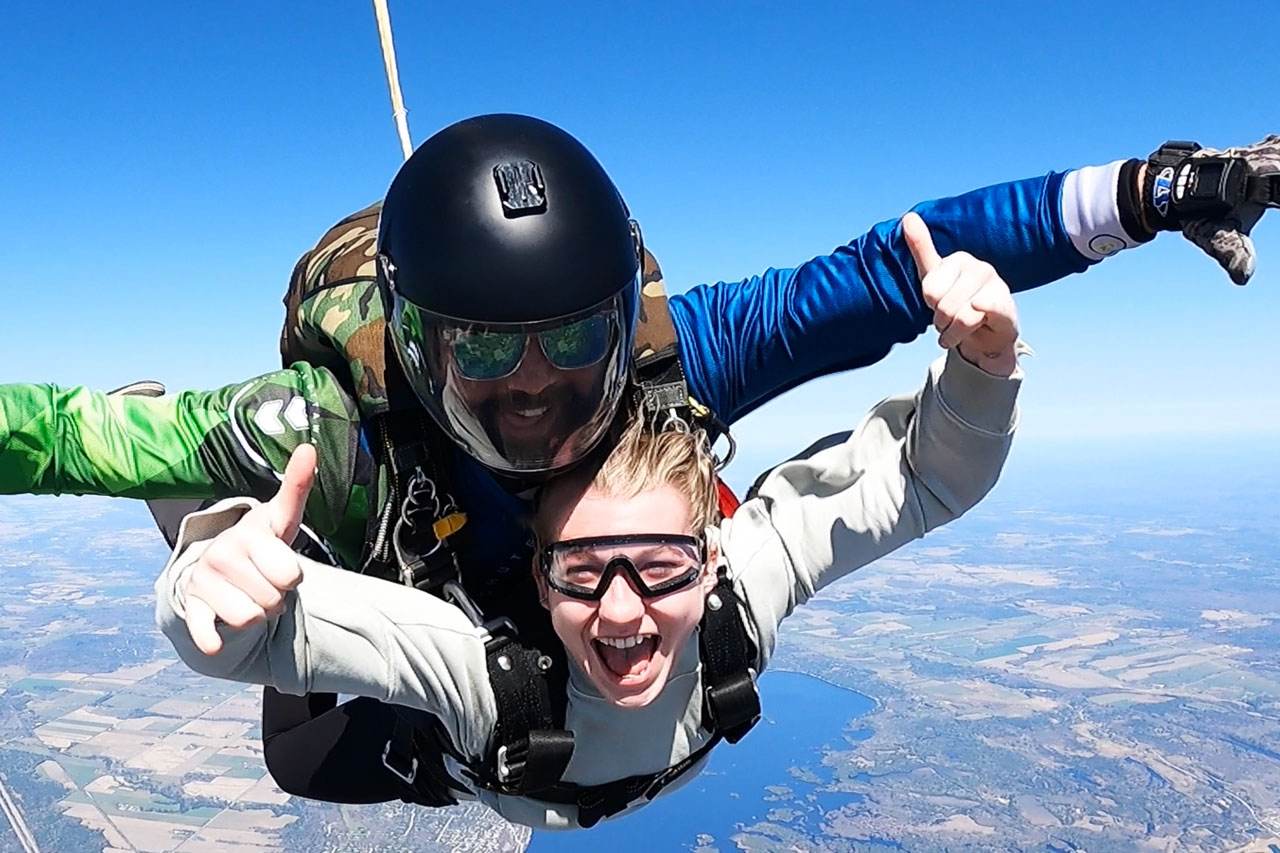
So the reserve is really an emergency situation, life-saving professional. It’s built to open consistently, fly slowly, and get to the ground as uneventfully as possible. A cutaway is quite eventful enough for one jump, thank you very much!
We’d love to fly with you! Book here to make a jump with us today!
